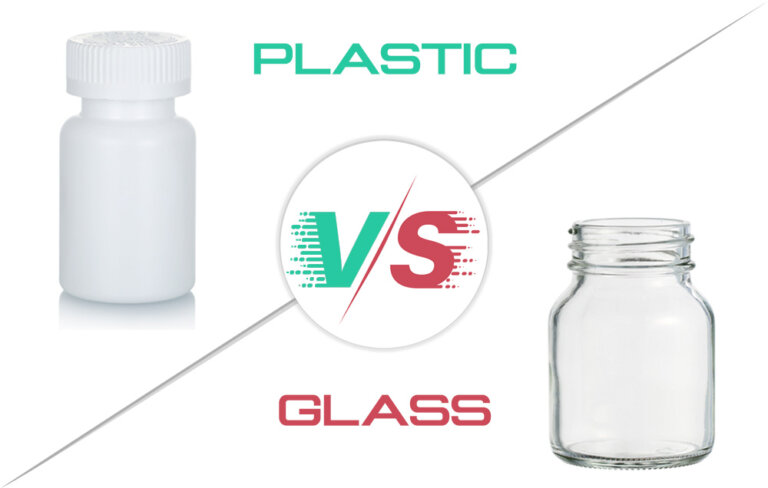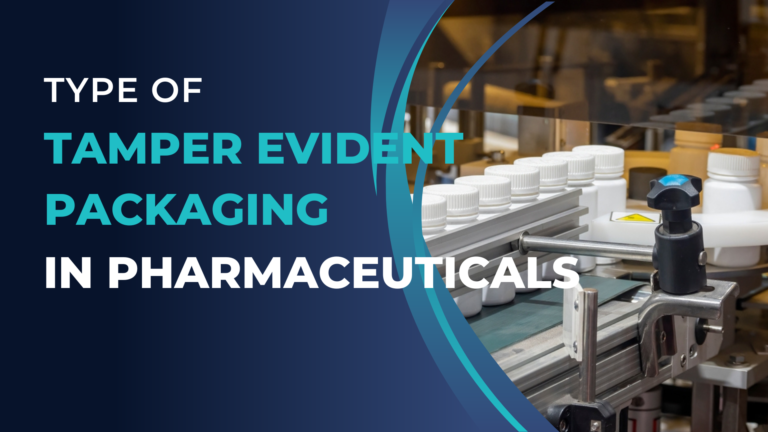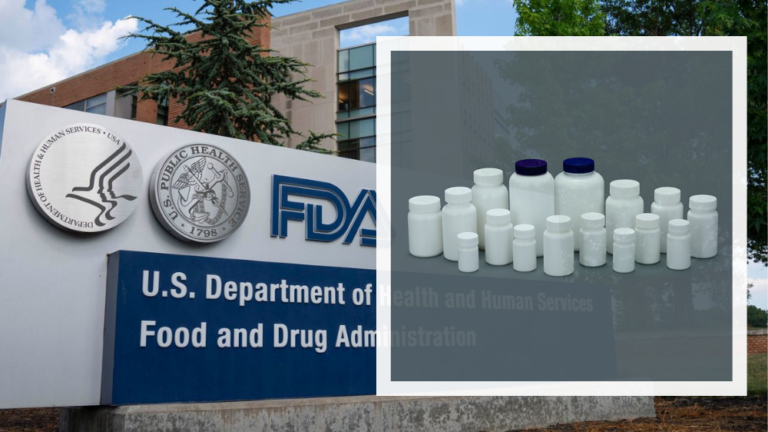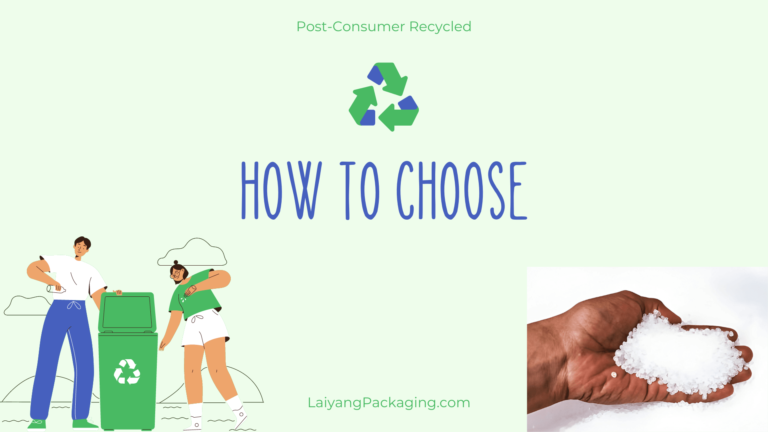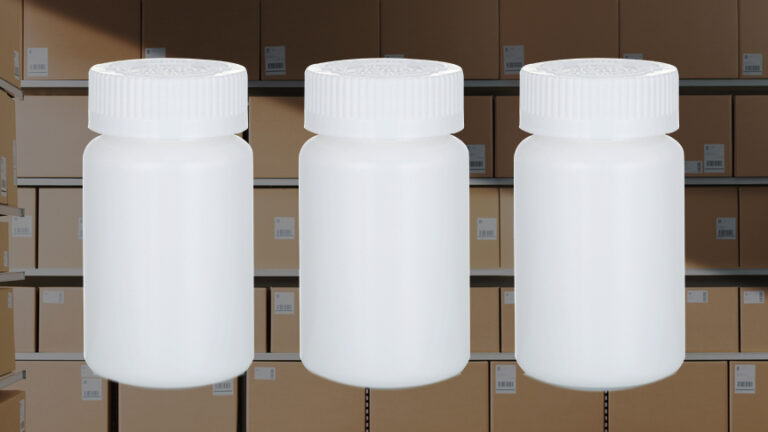In recent years, the Plastic Bottle with Desiccant Cap has gained popularity as a primary pharmaceutical packaging solution. This is due to the inclusion of a built-in desiccant column within the cap, also known as a Desiccant Bottle. The Desiccant canister serves as a replacement for the Strip Desiccant Sachet. This modification has streamlined the manufacturing process, eliminating the need for manually placing desiccant sachets into the bottle. Following the tablet filling phase, the process can seamlessly proceed to the sealing procedure.
1. Why are desiccants used in pharmaceutical packaging??
1.1 Preserving Drug Stability:
Many drugs are highly sensitive to moisture and humidity, which can cause them to degrade, decompose, or lose their effectiveness. Desiccants absorb moisture within the packaging, maintaining the dry state of the drugs and thereby extending their stability and shelf life.
1.2 Preventing Bacterial and Fungal Growth:
Moist environments can lead to the growth of bacteria and fungi, potentially contaminating drugs and even producing harmful substances. The use of desiccants can lower humidity, reducing the likelihood of microbial growth and ensuring the drugs’ purity and safety.
1.3 Protecting Drug Quality:
Desiccants prevent drugs from becoming lumpy, melting, or deteriorating due to moisture absorption. Whether it’s solid tablets, capsules, or liquid medications, maintaining appropriate humidity is crucial for safeguarding the appearance, characteristics, and quality of drugs.
1.4 Enhancing Drug Potency:
The potency of some drugs may decrease with increasing humidity. The use of desiccants preserves the original potency of the drugs, ensuring patients receive the intended therapeutic effect.
1.5 Providing a Better User Experience:
The use of desiccants avoids issues like drug deterioration and clumping, thus providing patients with a better user experience. Patients can confidently use drugs that are dry and intact.
2. How is the structure of a desiccant bottle designed?
The composition of this tablet container includes a bottle made of HDPE material and a PP cap with a desiccant canister. Its unique design imbues it with outstanding moisture resistance and water vapor transmission performance (MVTR). The innovative design of this pharmaceutical packaging allows users to place moisture-absorbing tablets or other capsules inside the medication packaging without concern about mixing desiccants with tablets/capsules. The following images provide a clear illustration of its structure.

3. Introduction to the functions of the cap with desiccant canister
The “Cap with Desiccant Canister” is a highly functional cap design primarily used to safeguard the contents of the bottle from the effects of humidity and damp environments. Its features and advantages are as follows:
Firstly, the desiccant canister inside the cap holds highly moisture-absorbent desiccants, typically silica gel. These desiccants absorb the moisture inside the bottle, maintaining a dry environment within. Moisture can lead to quality deterioration of items such as pharmaceuticals, food, cosmetics, and even cause spoilage and decay. This cap design significantly extends the shelf life and stability of the stored items.
Secondly, the design of the “Cap with Desiccant Canister” effectively isolates external humidity and damp environments. The desiccant canister is usually positioned within the cap, separated from the items to prevent contamination by desiccant particles. Thus, regardless of the storage environment, the inside of the bottle remains dry, ensuring the integrity and quality of the contents.
Furthermore, this cap design enhances user-friendliness. When users open the cap, they can clearly see the desiccant canister, ensuring the functionality of the desiccant. Additionally, the presence of the desiccant canister reduces the risk of moisture affecting the items, boosting user confidence in product quality.
In summary, the “Cap with Desiccant Canister” stands as an exceptional cap design, offering protection against humidity and dampness. It finds widespread application in fields such as pharmaceuticals, food, cosmetics, providing reliable assurance for product quality, stability, and user experience.
4. What are the available styles of desiccant caps?
The desiccant cap features child-resistant and elderly-friendly attributes, along with tamper-evident functionality. We offer desiccant caps in various styles, which include a desiccant element. For specific details, please refer to the images provided below.

5. What are the advantages of using desiccant canister in cap as a substitute for bagged desiccants in bottle?
Firstly, in terms of adding product value, this cap design bestows the product with enhanced functionality and practicality. By integrating a desiccant canister within the cap, the product can maintain a dry state within its packaging, effectively extending its shelf life and stability. This provides consumers with a longer-lasting, higher quality user experience, consequently elevating the product’s market competitiveness.
Secondly, the “Cap with Desiccant Canister” design can streamline the production line to some extent. Traditionally, various moisture-absorbing bags or desiccants might need to be added to the product packaging to protect it from moisture, which adds to production steps and time. However, employing caps with integrated desiccant canisters can consolidate this step into the cap design, simplifying the production process and enhancing production efficiency.
Most importantly, this cap design can significantly enhance brand image. By offering more stable and high-quality products, brands can establish a strong commitment to quality and reliability. Consumers are more likely to trust brands that can guarantee products consistently remain in their optimal condition throughout their usage period, thereby building brand reputation and loyalty.
6. What is the composition of the desiccant inside the canister?
We utilize two types of solid desiccants: silica gel and molecular sieves.
Silica gel, being a more cost-effective desiccant, exists as a colorless and odorless solid, usually in the form of small spherical structures. Its moisture-absorbing capacity increases with rising relative humidity in the environment. However, the moisture-absorbing ability of silica gel is particularly effective for relative humidity conditions of around 10%. Therefore, if the container needs to retain a certain moisture content or permits it, silica gel becomes an ideal choice.
The second desiccant type is molecular sieves, composed of alumino-silicate. Similar to silica gel, molecular sieves also appear in a columnar structure. However, what distinguishes molecular sieves from silica gel is their capability to adsorb water molecules, regardless of the environmental humidity. When the environment of the substances necessitates drying at relative humidity levels lower than 10%, we opt for the use of molecular sieves.




